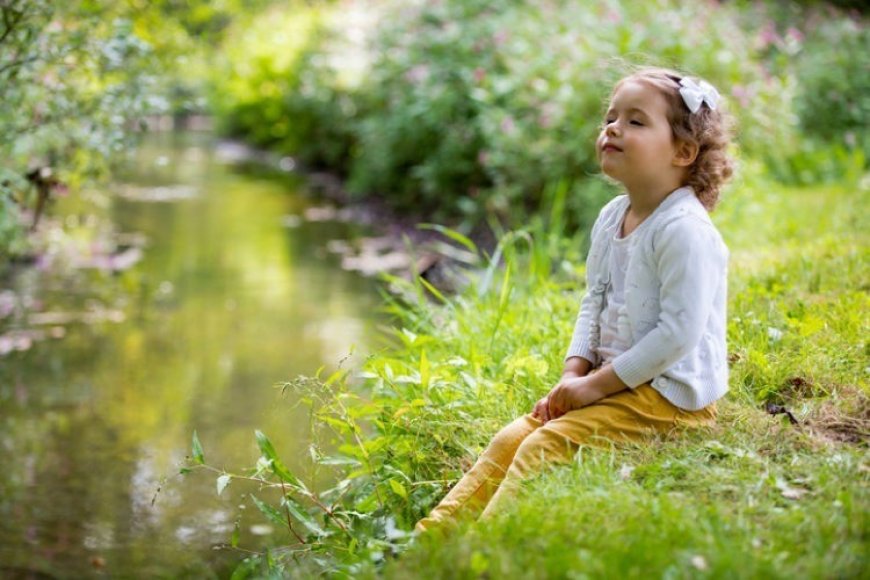Frequent contact with nature has a positive effect on children's brains
The more you come into contact with nature, the better it is for the human brain. Studies show that children who have direct contact

The more you come into contact with nature, the better it is for the human brain. Studies show that children who have direct contact with nature improve, among others, functioning of the prefrontal cortex, responsible for many cognitive functions.
Although it is well known that nature has a beneficial effect on our body, on average neither children nor adults spend an exorbitant amount of time outdoors.
The positive effect of nature on the brain
Most Europeans live in cities, and only 20%. adults spend their time outdoors, partly in contact with nature. In turn, even fewer children - only about 9 percent. of their time are outside. "These data are quite alarming,"
"Lower exposure to the natural environment, greenery, vegetation, nature, forests, lakes, parks, may have an impact on the fact that these people, as adults, but also as children, will be more exposed to various types of disorders, be it mental health or physical,
During the online lesson, especially for teachers, A professor discussed various research results that show the influence of the natural environment on the human body, especially the brain. There is not much research on the influence of the natural environment on the brain. "However, they are very consistent and show us how beneficial exposure to nature can be for our brain"
Why is it worth providing a child with contact with nature?
Children who have direct access to nature have a greater volume of gray matter in the prefrontal cortex compared to school children who have limited contact with nature. This is very important.
Efficient operation of the prefrontal cortex and its size, activity - it affects how the whole brain and psyche function and what is our mental resistance to various disorders resulting from stress or other life difficulties.
In addition to the fact that the brain of children in contact with nature had a greater volume of gray matter - it was also characterized by a greater density of white matter. œGray matter is simply cells, so the more gray matter, the more cells build a given part of our brain. On the other hand, a white matter is something that is created by connections - that is, by axons of nerve cells, which are used for communication between different regions of our brain
He concluded that the greater volume or density of gray matter - and white matter - "is something that may be the basis for believing that contact with nature significantly improves the functioning of our prefrontal cortex, i.e. the seat of thought, awareness, attention - all of these cognitive functions ".
The second area of ‹‹the cerebral cortex, which in studies in children shows a greater volume of gray matter and white matter, is the premotor cortex. "The premotor cortex together with the prefrontal cortex are two elements of an extremely important circuit that is related to attention - the attention that we need to be able to perform tasks efficiently, be it intellectual or motor tasks" .
The calming effect of nature
It is also observed that the brain is less active when we are in the natural environment. "This lower activity of our brain indicates that this natural environment is in a way less burdensome for our brain, it does not require such strong activation, such strong attention" .
The natural environment is something easier for the brain to perceive and understand, and by staying in it, we let the neurons involved in the attention process rest. Thanks to such relaxation in the natural environment, the neurons of the brain are later ready for quick activation, e.g. when the need arises when the environment changes to the city one.
